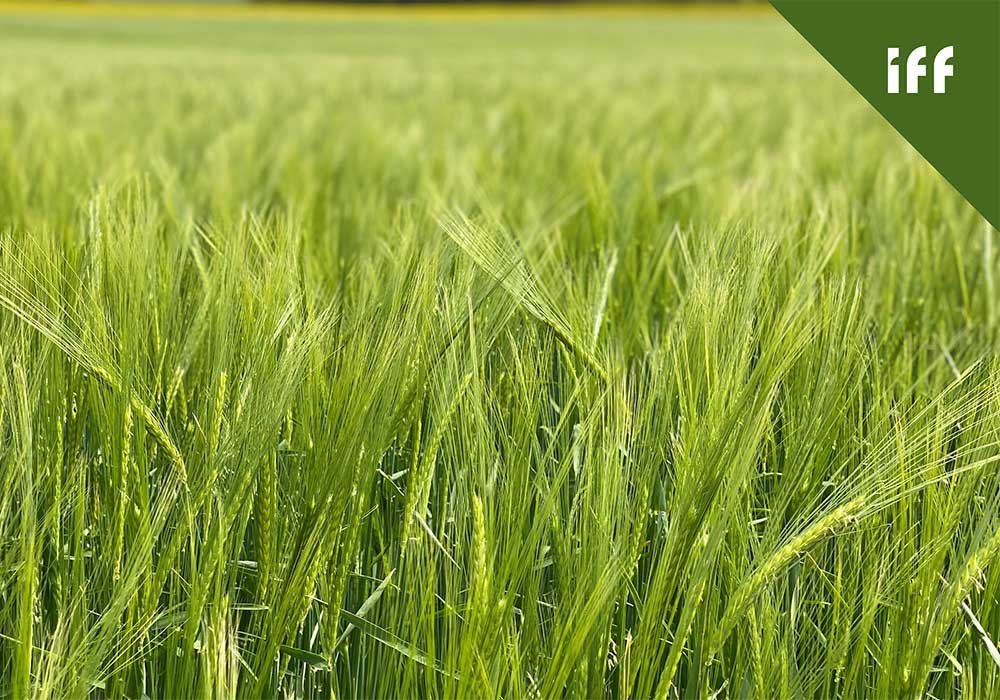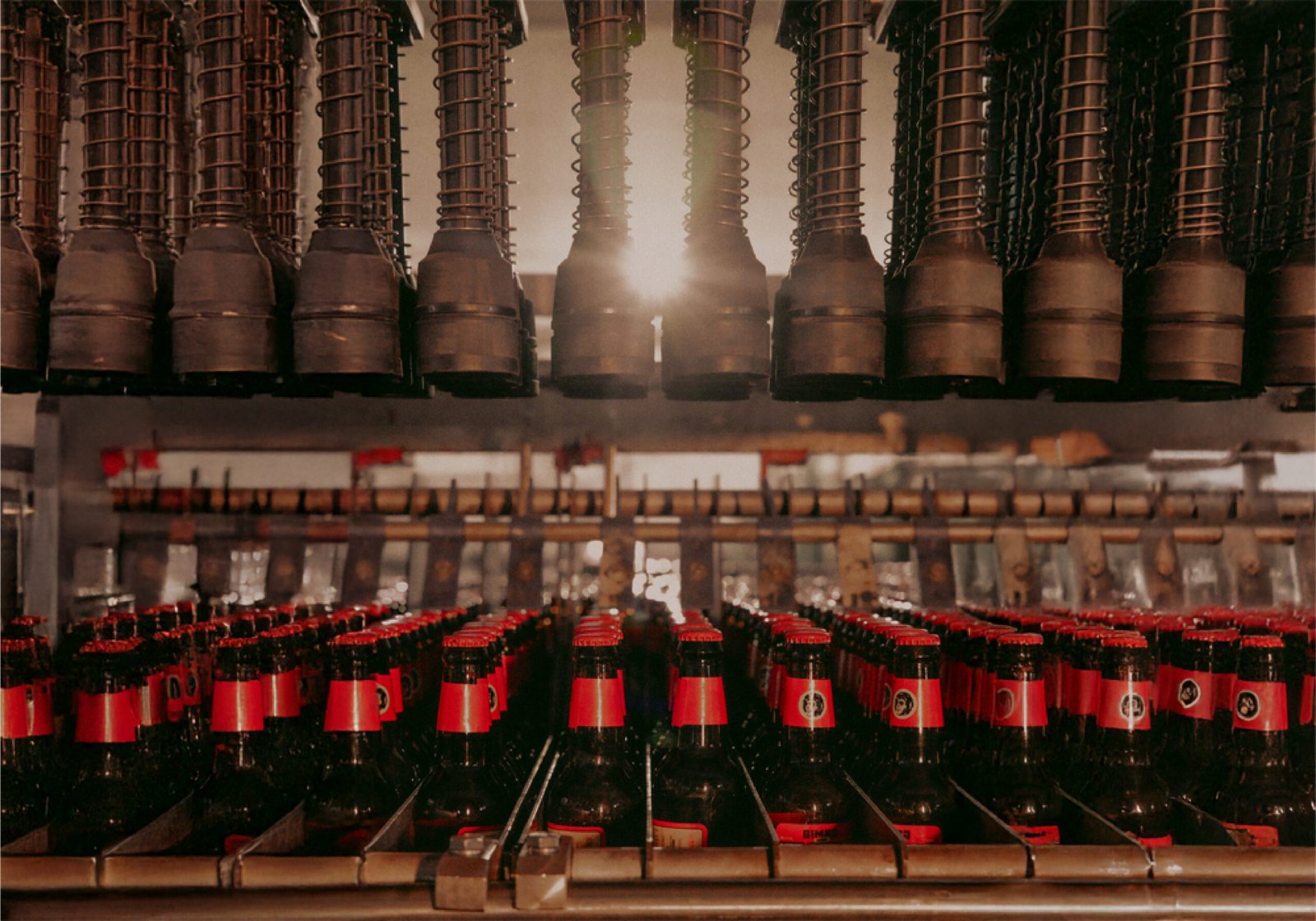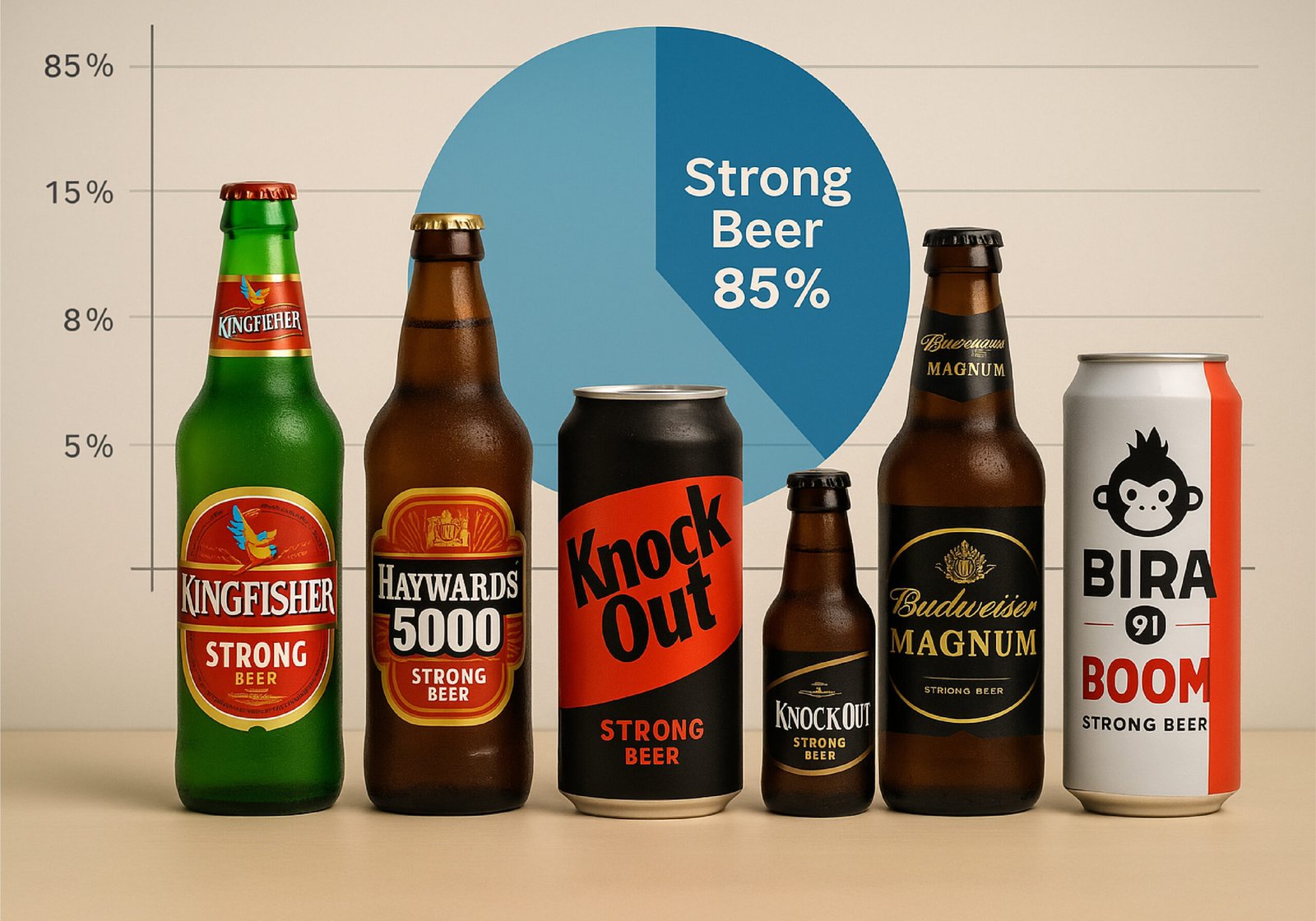
Barley crop is significantly down. In the US, across Idaho, barley production is forecasted to be down 31% in 2021 as compared to 2020, according to the USDA1. The USDA is predicting barley production will be down 54% in Montana and 37% in North Dakota from last year2. Idaho is the top barley producing state in the U.S. Together, Idaho, Montana and North Dakota account for 79% of the U.S. barley supply. Canada harvest was completed by mid-Oct, with production placed at 7.1M MT (-33.5%) only, due to severe drought.
The EU barley crop production was lowered by 4.6% to 52.3M MT, as dryness in Scandinavia and the Baltic States resulted in poorer production3. Viking Malt reports decreases in yield of about 5-7%. Moreover, quality is also highly variable, even within the same country, for example in Sweden4.
[caption id="attachment_26442" align="aligncenter" width="1000"] In 2021, the gap between production and demand is widening3[/caption]
In 2021, the gap between production and demand is widening3[/caption]
Prices in Canada reached all-time highs, with feed barley at C$9 a bushel ($7 a bushel) and malt fetching a premium of as much as C$1 above that, according to the Canadian Malting Barley Technical Centre, as reported by the Economic Times5. The Brewers Association reports that Lethbridge Feed barley price went from an approximate value of 250$ per ton in 2020 to 417$ per ton in 2021.
In Europe, Viking Malt explains that, whilst the malting barley prices were around 200 EUR/MT (FOB Swedish /Danish Port) in the first couple of months of 2021, they are now over 300 EUR/MT4.
Impact on Beer & Brewing
The Economic Times report on the impact the barley crop may have on beer and brewing5:
Beer input costs are soaring across the globe, fuelled by withering barley supplies and surging aluminium costs, increase in energy costs, plus the same labour and transport bottlenecks plaguing every other industry.
[caption id="attachment_26443" align="aligncenter" width="1000"] © 2022 by IFF[/caption]
© 2022 by IFF[/caption]
Drought reduced the “plumpness” of barley and also raised protein content in the grain – both bad news for the beverage industry. The European Union has also cut its barley crop estimate after rain dented the quality of the harvest.
Global barley stockpiles are likely to fall to the lowest in nearly 40 years. That’s driven prices in Canada to all-time highs, with feed barley at C$9 a bushel ($7 a bushel) and malt fetching a premium of as much as C$1 above that, according to the Canadian Malting Barley Technical Centre, as reported by the Economic Times.
“This year, they are not going to have enough, or quality will be negatively impacted,” Jamie Sherman, Montana State University’s barley breeder, said. Drought reduced the “plumpness” of barley and also raised protein content in the grain – both bad news for the beverage industry. “There’s a competition for good-quality barley,” Sherman said5.
[caption id="attachment_26444" align="aligncenter" width="1000"] © 2022 by IFF[/caption]
© 2022 by IFF[/caption]
Challenges Ahead for Malted Barley
– Low Alcohol Yield – led by lower starch content in the grain.
– Increased Energy Need – Smaller/harder kernels means more energy needed to achieve good extract yield. Higher gelatinization temperature of the starch.
– Stability and Colour Issues – Due to high protein content.
– Impact of Flavour Stability – Caused by the presence of FAN in high qualities.
– Separation and filtration issues due to higher beta-glucan in the grain.
– Gushing risk – wet malt leads to Fusarium (fungi) contamination risk and the presence of hydrophobins.
Impact of High FAN on Flavour & Stability
High free amino acid nitrogen (FAN) can impact flavour and stability. In brewing, FAN serves as a source of nitrogen for yeast growth during fermentation. Excessive FAN levels in beer contribute to negative flavour attribute formation. FAN is converted into other components during the production process. These can later be oxidised, giving the beer an undesirable oxidised flavour.
[caption id="attachment_26445" align="aligncenter" width="1000"] © 2022 by IFF[/caption]
© 2022 by IFF[/caption]
Excessive FAN levels in beer contribute to stability issues. Lower foam stability due to decreasing levels of longer peptides, which normally stabilise the bubbles formation.
Filtration & Extraction Challenges
Low friability may lead to filtration and starch extraction challenges. Friable grains are desirable in brewing because they indicate that the malt is dry and that its enzymes are likely to be active when hydrated in the mash. Low friable grains can be flattened rather than cracked during milling. Such grains offer less sizable pieces which can lead to issues during filtering. They also offer less surface area and the starch liquefaction is delayed.
High Protein Leads to Haze & Colour Issues
High protein content can mean haze and colour control issues. Proteins are energy sources for yeast to be able to function during fermentation and provide mouthfeel and foam stability. Yet, high protein can lead to haze problems in the beer, and it is more difficult for maltsters to control the colour of the malt during processing. Higher protein barley tends to yield dark malts.
[caption id="attachment_26446" align="aligncenter" width="1000"] © 2022 by IFF[/caption]
© 2022 by IFF[/caption]
Impact on Filtration from High Levels of Beta-Glucan
High beta-glucan content can lead to separation and filtration problems. Barley β-glucans are highly viscous and can reduce rates of wort separation and beer filtration and lead to the formation of hazes, gels, and precipitates. Beta glucans increase wort viscosity leading to challenges during mash wort separation which can translate into reduced production capacity.
Curbing The Impact
Adjusting Mash Profile
IFF’s master brewers recommend adjusting mash profile to a higher mashing temperature. A higher saccharification temperature (65°C or more), will help overcome potential attenuation problems and avoid excessive protein solubilisation. It also reduces the impact of LOX (lipoxygenase) to improve the flavour stability of the beer.
Adapt Your Enzyme Choices
LAMINEX® MaxFlow 4G helps parade the high beta glucan content. LAMINEX® MaxFlow 4G to improve the extraction of starch, and reduce the filtration/separation problems otherwise caused by high beta-glucan in wort.
[caption id="attachment_26447" align="aligncenter" width="1000"] © 2022 by IFF[/caption]
© 2022 by IFF[/caption]
Alpha-amylase, like AMYLEX® 5T, should normally not be required, but in case the barley is dead and gives high PUG and WUG in the malt, this could become required. It could also become necessary to use an enzyme to improve fermentability, like DIAZYME® MA or DIAZYME® TGA/X4. LAMINEX® MaxFlow 4G also helps break down arabinoxylan reducing viscosity.
This article was adapted from a recently published paper by IFF. All the references cited are listed below.
Copyright © 2022 International Flavors & Fragrances Inc. (“IFF”). All rights reserved. IFF, the IFF Logo, and all trademarks and service marks denoted with ™, SM or ® are owned by IFF or affiliates of IFF. The information provided herein is based on data IFF believes, to the best of its knowledge, reliable and applies only to the specific material designated herein as sold by IFF. The information contained herein does not apply to use of the material designated herein in any process or in combination with any other material and is provided at the request of and without charge to our customers. Accordingly, IFF cannot guarantee or warrant such information and assumes no liability for its use. Other than as may be expressly set forth in a contract of sale, IFF makes no warranty, express or implied, as to the material set forth herein, including the warranty of merchantability or fitness for a particular use.
Sources:
[1] https://www.nass.usda.gov/Publications/Todays_Reports/reports/smgr0921.pdf
[3] https://circabc.europa.eu/sd/a/98826879-f6a2-4931-b2fc-4780ee466338/cereals-market-situation.pdf
[4] https://www.vikingmalt.com/wp-content/uploads/2021/10/VIKING-MALT-SOURCING-NEWS-LETTER-2-2021.pdf













